Publication Details
Sharjapan 3–Remain Calm: Solitude and Connectivity in Japanese Architecture
Exhibition Guide
Paperback
186 pages, 63 visuals
16.5 x 11.5 cm
Arabic and English
Published by Sharjah Art Foundation, 2021
search

Sharjapan 3–Remain Calm: Solitude and Connectivity in Japanese Architecture
Exhibition Guide
Paperback
186 pages, 63 visuals
16.5 x 11.5 cm
Arabic and English
Published by Sharjah Art Foundation, 2021
This exhibition booklet is a record of Sharjapan 3–Remain Calm: Solitude and Connectivity in Japanese Architecture. It includes a foreword by Hoor Al Qasimi, an introductory text about the exhibition and contribution by curator Yoko Hasegawa that explores solitude and connectivity in Japanese architecture through the years.
Reflecting on the intimate role architecture plays in our lives, Remain Calm explores the work of notable Japanese architects Koji Fujii, Sutemi Horiguchi, Junya Ishigami, Toyo Ito, Shingo Masuda + Katsuhisa Otsubo, Togo Murano, Sen no Rikyū, Kazuyo Sejima, onishimaki+hyakudayuki architects / o+h and artist Nile Koetting, who use traditional concepts to create physical spaces with both modern and contemporary resonance.
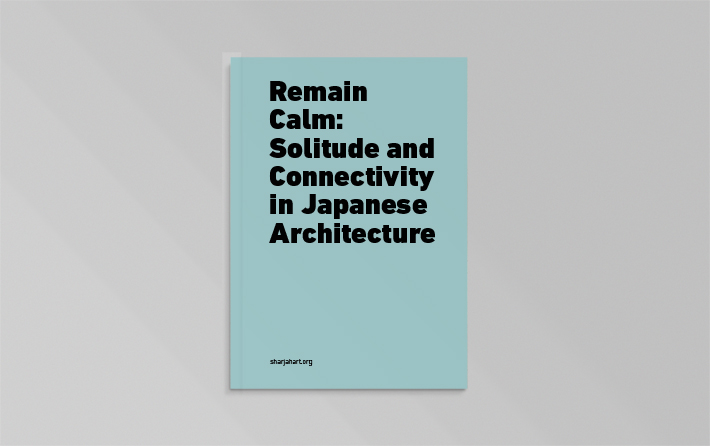
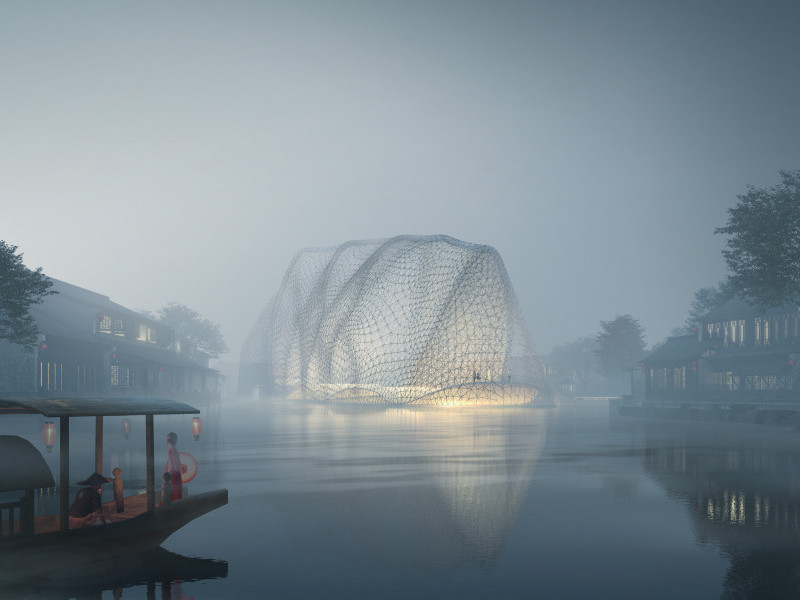
Reflecting on the intimate role architecture plays in our lives, Remain Calm explores the work of notable Japanese architects and an artist who use traditional concepts to create physical spaces with both modern and contemporary resonance.
Book your tickets to this exhibition here.

Hoor Al Qasimi, President and Director of Sharjah Art Foundation, established the Foundation in 2009 as a catalyst and advocate for the arts in Sharjah, in the region and around the world.
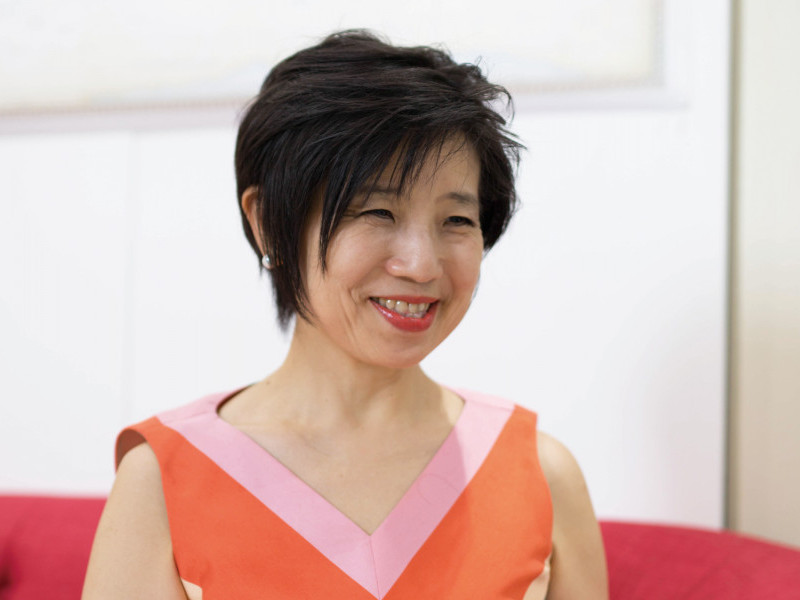
Yuko Hasegawa is the Artistic Director of the Museum of Contemporary Art, Tokyo, and Professor in Curatorial Studies at the Graduate School of Global Arts, Tokyo University of the Arts.
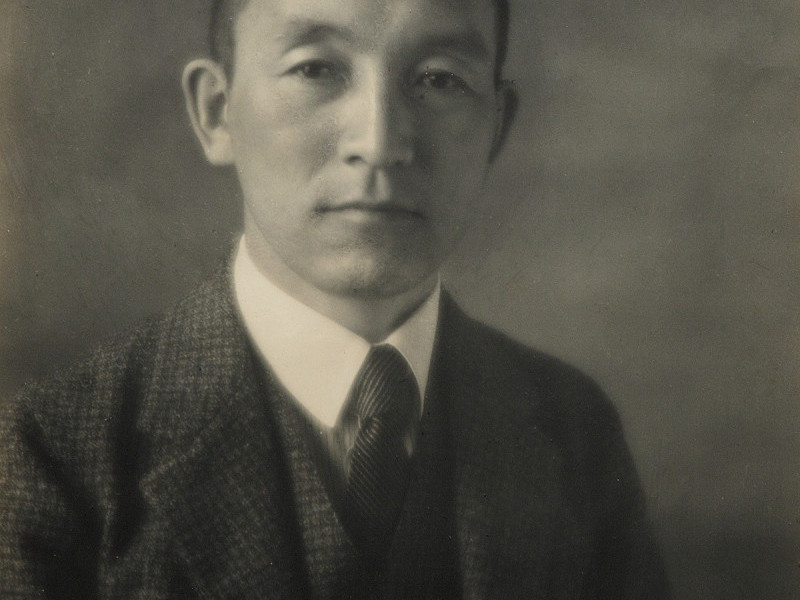
Koji Fujii was one of the first architects to incorporate environmental engineering, the discipline he established, into the design of private homes.
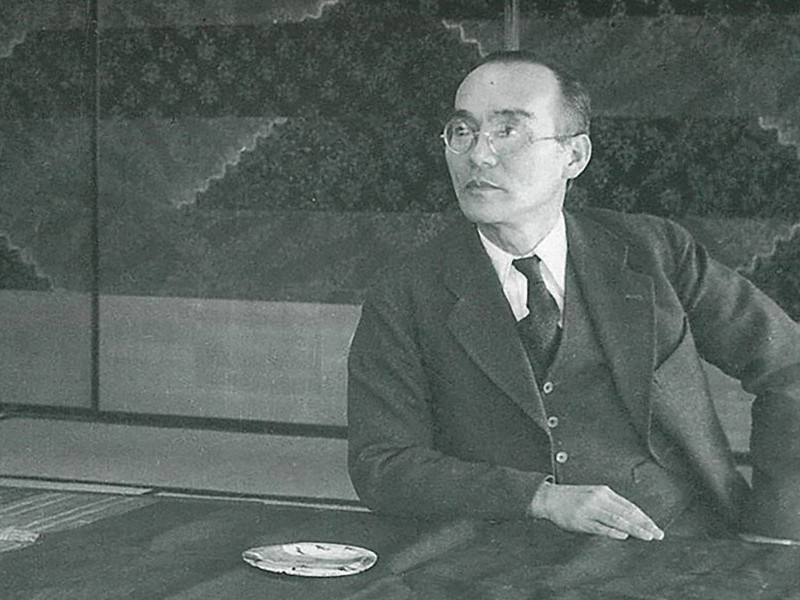
One of the first to introduce modern European architectural forms to Japan, Sutemi Horiguchi was an expert in sukiya-zukuri, a traditional Japanese style of residential architecture introduced in the late 16th century during Japan's Sengoku Period.
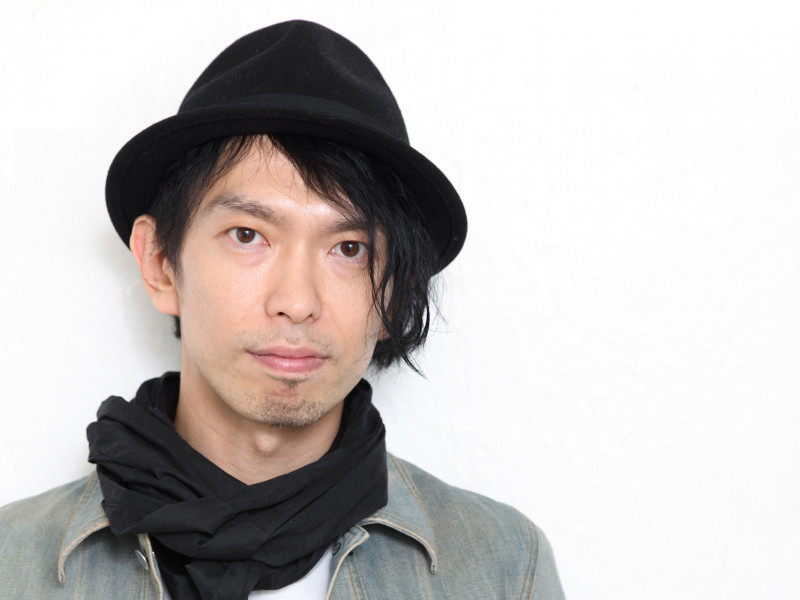
Junya Ishigami challenges existing methodologies and proposes alternatives to push the boundaries of what is possible in architecture.
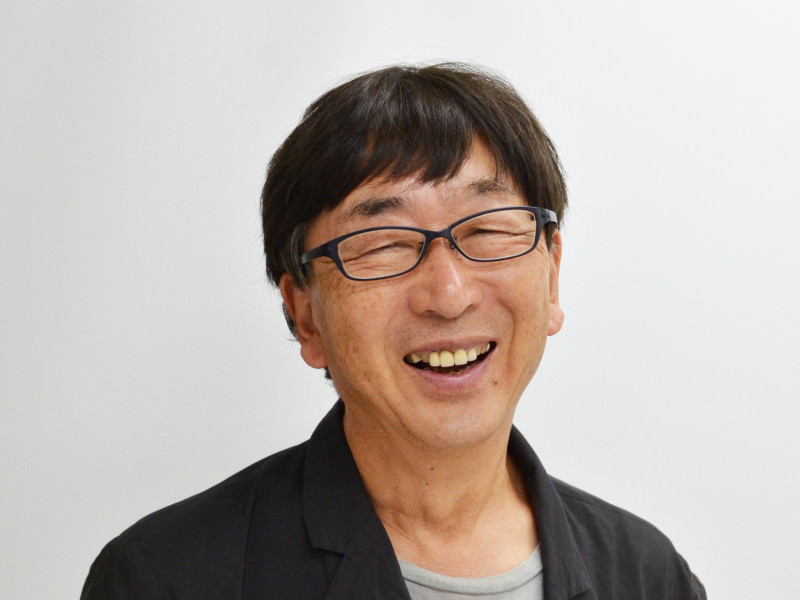
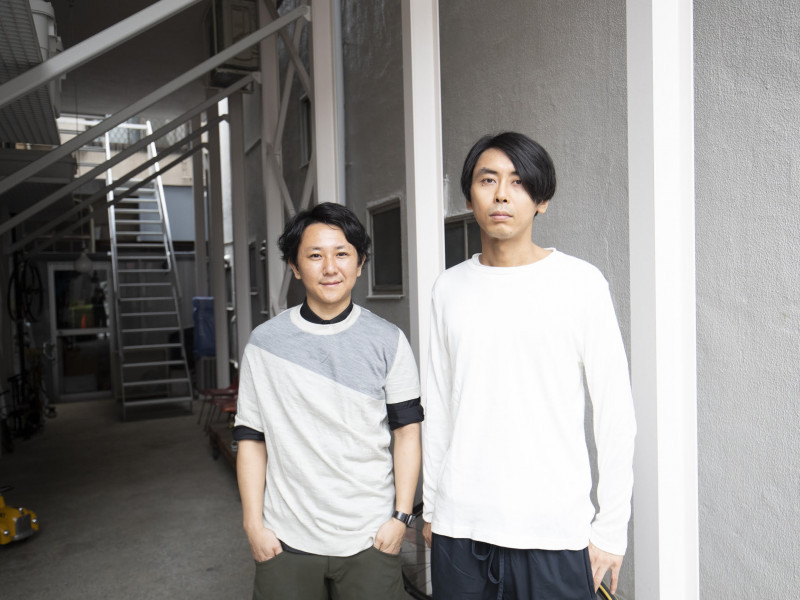
As they formulate their designs, Shingo Masuda and Katsuhisa Otsubo make careful observations of the daily activities planned for a site and the existing context.
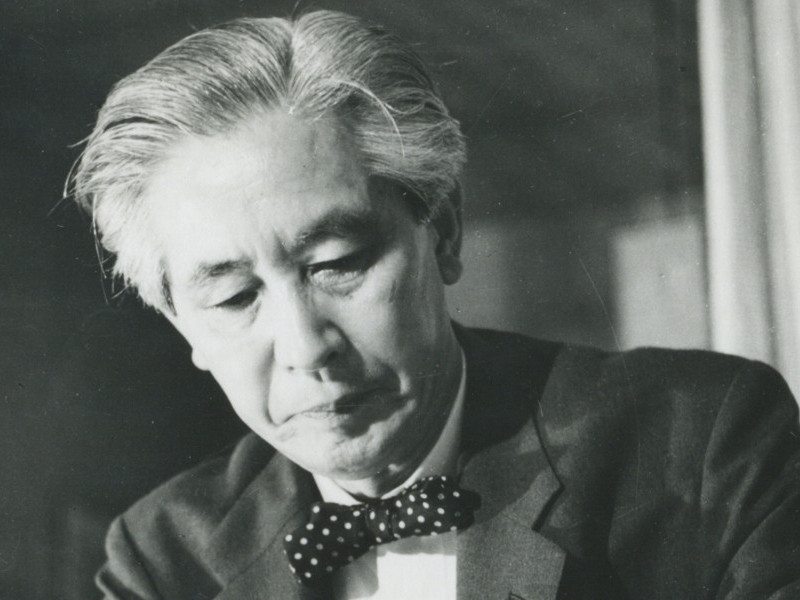
Togo Murano was recognised for his modernist approach to design, and his unique architectural philosophy based on the sukiya style.
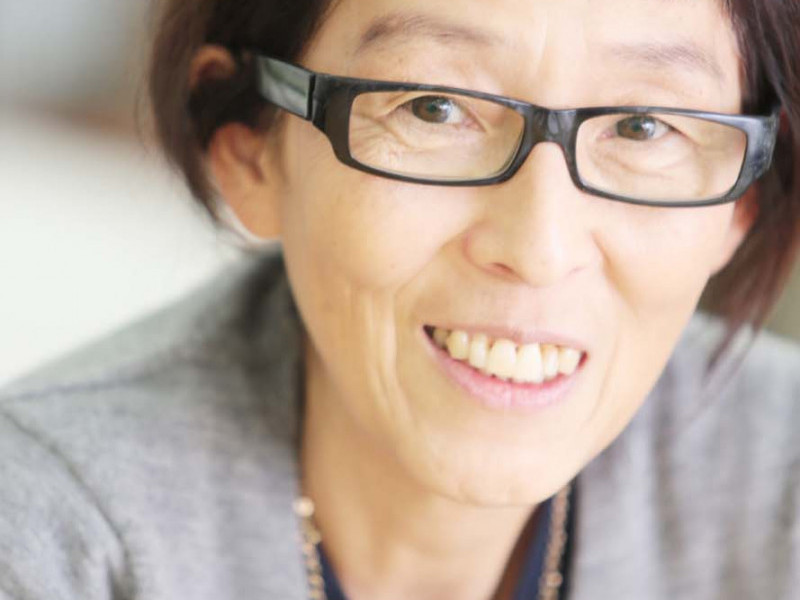
With a penchant for glass, aluminium, metal mesh and sculptural surfaces, Kazuyo Sejima has an architectural style defined by the soft division of space and clean lines.
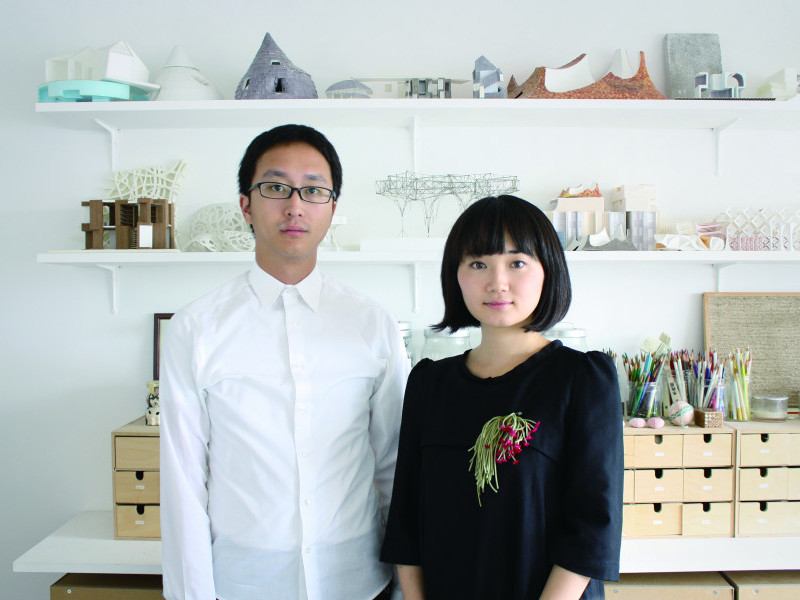
Maki Onishi and Yuki Hyakuda, founders of onishimaki+hyakudayuki architects, engage in a wide variety of activities centred on architectural design, including installations and community-building projects.
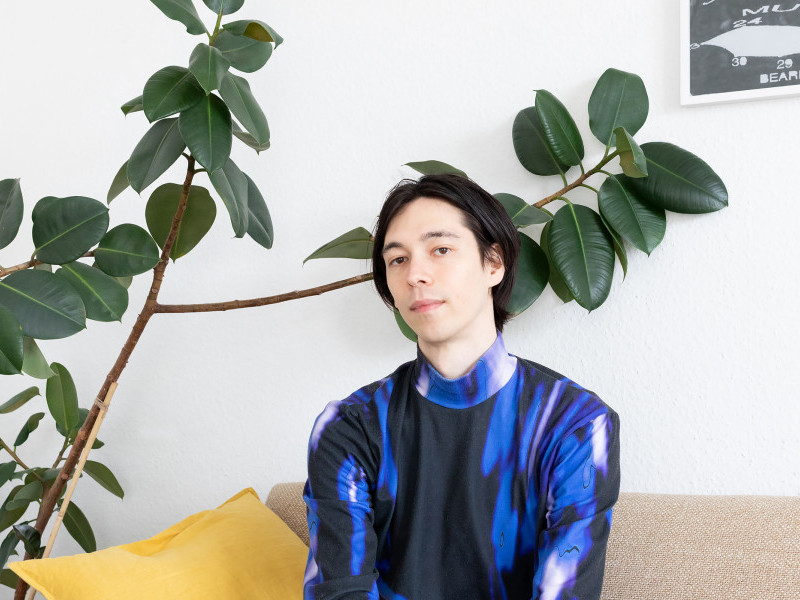
Multidisciplinary artist Nile Koetting works across a diverse range of formats, including installation, light, performance, scenography, sound and composition.